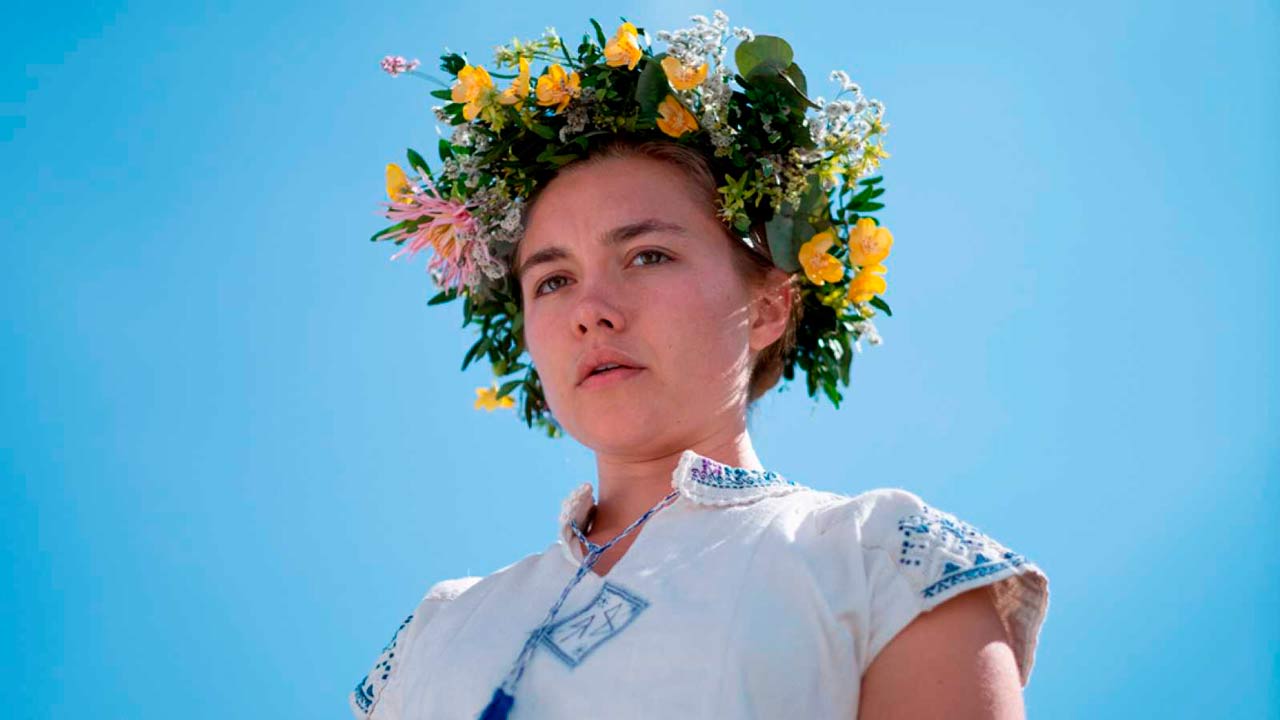
For as long as horror movies have existed, darkness has been the standard-setting to quickly and easily establish threat and malice. Being afraid of the dark is widely seen as a normal part of growing up and can be used as a universal shorthand for fear. It’s coded into every facet of our society. Darkness is associated with isolation, lack of visual stimuli, and danger.
There’s a reason the most common scary story intro is “It was a dark and stormy night”. Darkness is vulnerability, and horror movies are all about getting your characters into the most vulnerable, frightening situations imaginable. Things go bump in the night and the characters will often find reprieve only when dawn breaks and the light can drive the darkness away.
Yet, rules are meant to be broken and throughout the years a diverse and eclectic number of films have engaged in a subgenre called “Daylight Horror” or “Sun-Soaked Horror”. This technique can be employed in many ways and for many reasons. Setting scenes during the day lulls audience members into a false sense of security. After all, decades of films lead viewers to assume nothing bad will happen during the day. Inverting the nighttime horror trope creates a violation of the contract we enter with stories. That breach in audience trust can have a profound effect on viewers.
Daylight horror offers filmmakers the chance to create something unique and frightening without falling back on tropes that have stood for centuries. Here are nine of the best horror movies that proved to viewers that the illusion of daylight safety is fragile and can break in an instant.
9. The Devil’s Reject (2005)
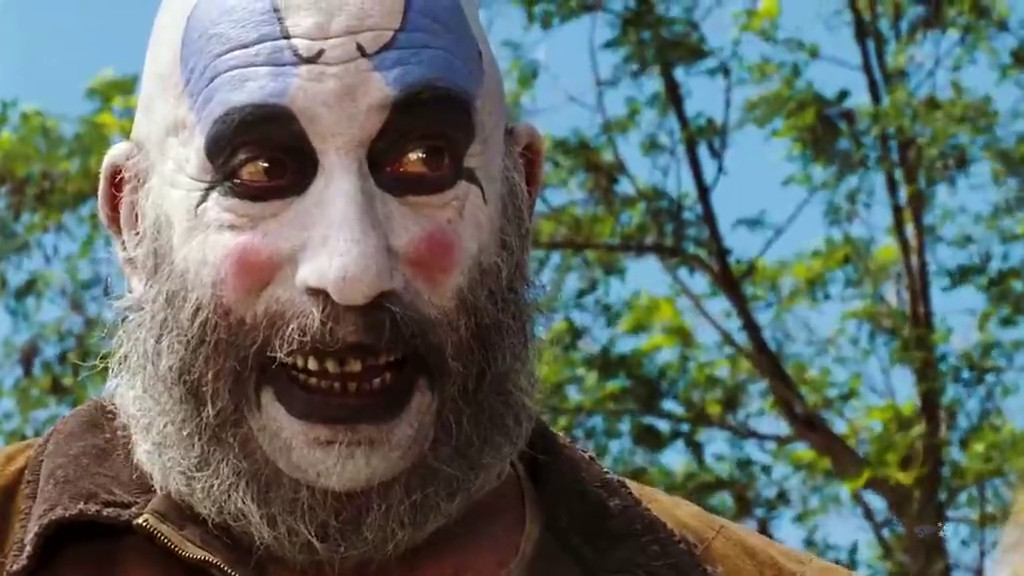
Rob Zombie’s The Devil’s Rejects is a throwback road-comedy slasher film that questions the morality of torture in a post-9/11 world and does so as loudly and obnoxiously as possible.
Zombie’s follow-up to House of 1,000 Corpses sees the same trio of sociopathic killers on the lamb from the law. After leaving a trail of corpses in their wake in the previous installment, this Manson Family stand-in rapes and murders their way through the dustiest, driest backroads of Texas.
This skeevy piece of grindhouse cinema pulls from a lot of other daylight horror films, such as Texas Chainsaw Massacre and The Hills Have Eyes to create a love-letter to the genre. However, it surpasses nearly all its peers in terms of frank brutality, juvenile grime, and a reprehensibly cruel sense of humor.
The Devil’s Rejects combines the aesthetics of a dirty Western with graphic slasher horror to create a grueling viewing experience unlike any other. The heat coming off every frame, as the sun bakes down on our anti-heroes, elevates the already absurd material to a surrealistically violent mishmash that climaxes in one of the most memorable endings of Rob Zombie’s career: A shootout set to Free Bird that has to be seen to be believed.
8. Midsommar (2019)
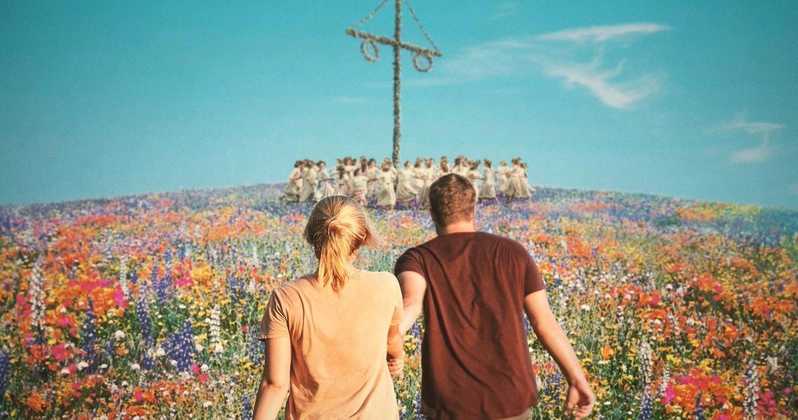
Midsommar, Ari Aster’s sophomore followup to Hereditary, takes heavy inspiration from The Wicker Man to create one of the most memorable daylight horror movies of the last decade.
The film follows protagonist Dani as her world is turned into turmoil following the death of her family. She travels to an isolated commune in Hälsingland with her distant, gaslighting boyfriend and his anthropologist friends to witness a summer festival that happens once every 90 years. But what starts out as a dream vacation turns into a trippy, nightmarish barricade of cult rituals, dance contests, and intense body horror.
Midsommar uses daylight to create an intoxicating world for viewers to get lost in. Throughout the film, characters take psychedelics. The movie visually replicates tripping with pulsing, swirling special effects to disorient viewers. The dreamy cinematography, lush score, and friendly-seeming faces lull the characters, and by extension, the viewers, into a state of false security as the community member’s actions slowly morph from weird to sinister.
With memorable committed performances all around and an insane 3rd act that Jordan Peele, director of Get Out (2017), once stated contains “The most atrociously disturbing imagery [he’s] ever seen on film”, Midsommar stands to potentially dethrone Wicker Man for the title of most iconic daylight folk-horror film.
7. The Hills Have Eyes (1977)
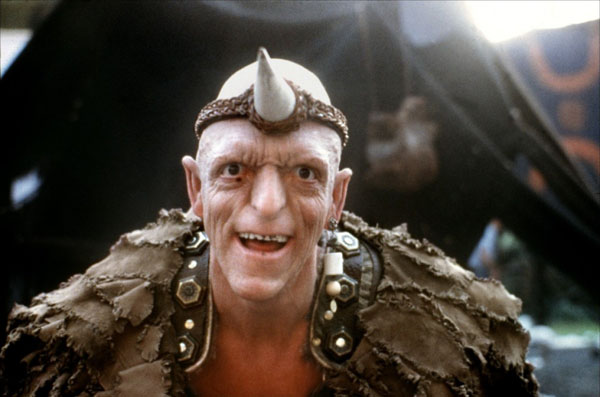
Wes Craven’s The Hills Have Eyes brought terror and cannibalism to the abandoned southwest dessert area, earning its status as a cult hit and a legendary piece of sun-baked Southwestern horror.
The Hills Have Eyes forgoes creepy castles and desolate woods in favor of a hot and hazy road trip gone wrong. The film follows The Carters, an upper-middle-class, all-American family whose car breaks down in a former air testing range. While there, they encounter the inbred family of cannibals who pillage and scavenge for survival in the unforgiving desert. After losing a few members to the mutants, the Carters hunker down and prepare to fight back in an unforgivingly gory and shocking showdown.
The mixture of graphic violence and psychological terror takes place in desolate isolation, a lawless world where no one is safe and anyone can devolve into a monster. While class subtext and philosophical questions about the nature of morality underpin the film, the final climax is what burned this film into people’s minds. Taking place entirely in daylight, viewers are shown the brutal, ugly showdown in full, gruesome detail. This combination of carnage and commentary has helped earn The Hills Have Eyes status as a cult classic.
6. The Wicker Man (1973)
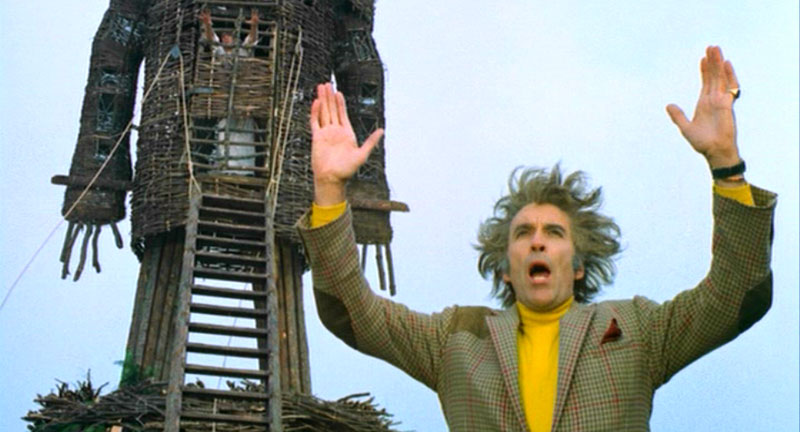
Robin Hardy’s The Wicker Man is the defining piece of folk horror filmmaking and one of the earliest and most effective examples of horror unfolding in the light of day.
The film follows police sergeant Neil Howie, an uptight and closed-minded man who visits an isolated island called Summerisle in search of a missing woman. Upon arriving, he encounters strange locals who insist that the woman never existed. While investigating, he discovers that paganism is practiced openly. What starts as a cheerful celebration gives way to a deadly, sun-soaked sacrifice that shocked audiences in the 70s.
The Wicker Man boasts compelling performances and a memorable setpiece involving a giant wooden figure being set on fire. However, the film is most notable for creating an oppressively sunny and bright atmosphere to contrast the cult violence that takes place. The false sense of idyll makes the impending sense of doom feel suffocating to viewers. The juxtaposing sunny atmosphere creates a disorienting and surreal horror experience that will stick with you long after it’s over.